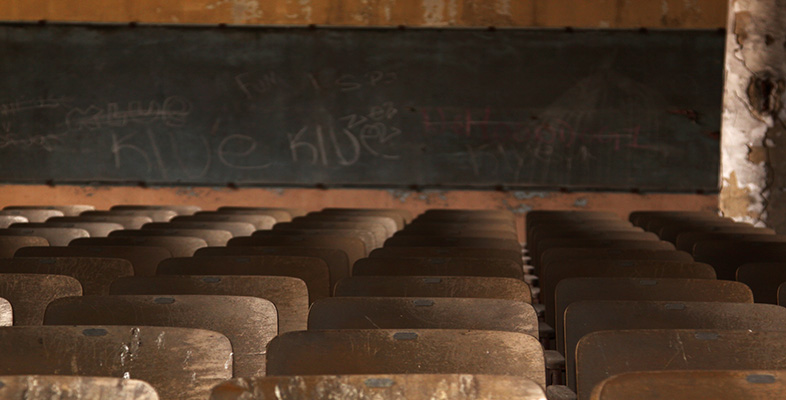1.3 Environmental impacts of teaching and learning activities
Carbon reduction begins with the actions of individuals. To help achieve carbon reduction, we need to explore and consider what actions may be taken by students and lecturers to reduce the impact of teaching and learning activities.
SAQ 2
List the main sources of the energy consumption and carbon emissions you think are associated with your teaching or learning activities.
Answer
You may have identified some of the following sources of energy consumption and carbon emissions.
- Transport: This would include any travel to and from places where teaching or learning takes place. You would need to consider all types of trips, your choice of transport mode, the number of trips and the distance travelled. You would need to think about your regular and occasional travel, as well as any journeys made at the beginning and end of the term or semester between your term-time residence and main home.
ICT devices: This includes the purchase and use of ICT devices, such as desktop personal computer (PC), laptops, tablet device, and other portable technologies, such as personal media players and mobile phones. You would need to consider the time you spend using ICT devices for connecting to university and other websites for work or study on a course, as well as the time using ICTs offline.
You need to take some account of the energy consumed during the lifecycle of any ICT devices and software purchased and used on a course. This is the embodied energy consumed during the extraction of materials, production, distribution, use and disposal of ICT devices. Some proportion of this energy consumption and carbon emissions is attributable to your teaching and learning activities.
Educational materials: This includes the purchase and use of paper, printed publications and other educational resources, including content available on a CD or DVD.
You would need to consider how much paper you use for printing and photocopying and books and publications purchased for the course. Sometimes lecturers prepare hand-outs for students or have educational materials specifically produced to support teaching and learning; this is typical of traditional distance teaching models. You need to consider the impacts associated with the production and transportation of educational materials.
Waste: This includes waste paper, equipment and materials (e.g. laboratory waste) that need to be disposed of as part of your teaching and learning activities. The management of this waste affects the impact: if waste goes straight to landfill, it may have a higher carbon impact than if it is recycled or re-used.
You may also consider if your course-related activities lead you to purchase and dispose of everyday goods and services differently, which could have better or worse carbon impacts than usual.
Residential energy use: The size of the carbon impact associated with residential energy use depends on the energy efficiency of the dwelling, and your use of energy for heating, lighting and electrical appliances. You could consider if your course-related activities lead you to use more heating, electricity and lighting than usual. You should also consider whether other residents are sharing the dwelling and consequently dividing the energy consumption and carbon emissions with you.
If you need to live somewhere away from your usual home during your HE course, then this has a carbon impact, whether it is overnight accommodation in a hotel or for a longer period in university housing or other types of residential accommodation. This is an additional carbon impact, because many people find that the energy consumption in their main home does not change significantly as long as it remains occupied by somebody, even if they are not permanently in residence. You could check it out! If you have two residences, you could check if the fuel consumption has reduced in your main home since you moved to pursue your learning or teaching activities.
Campus operations: This refers to the consumption of energy to support campus facilities and operations. This energy may directly support your course activities, such as the use of computing and laboratory equipment, and the lighting and heating of facilities. You should also consider the wider system of campus operations that support your teaching and learning activities.
